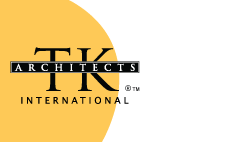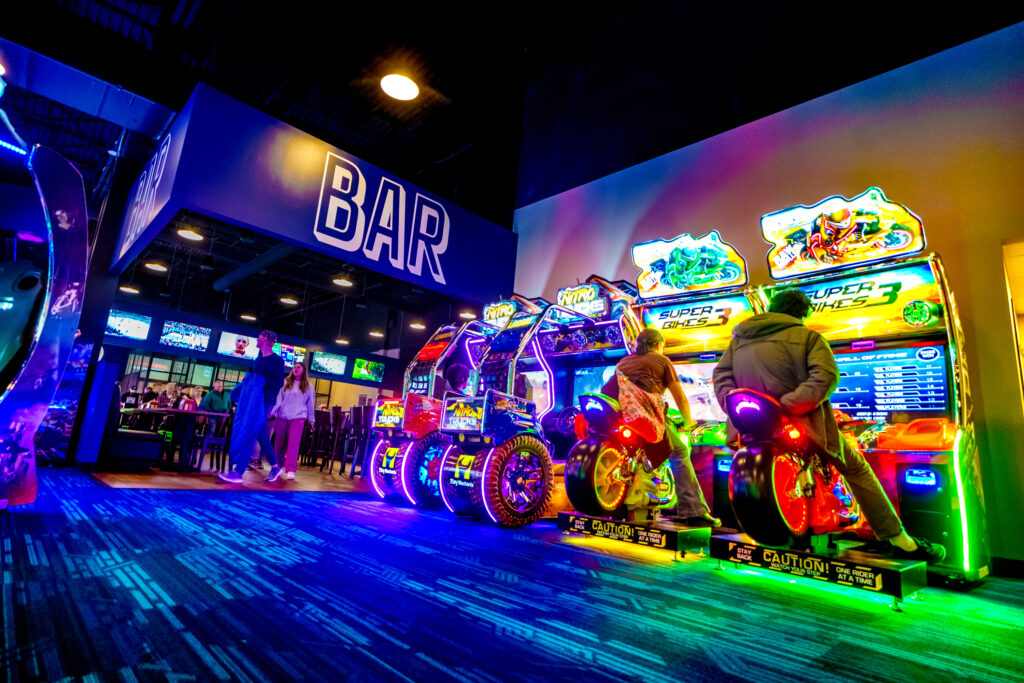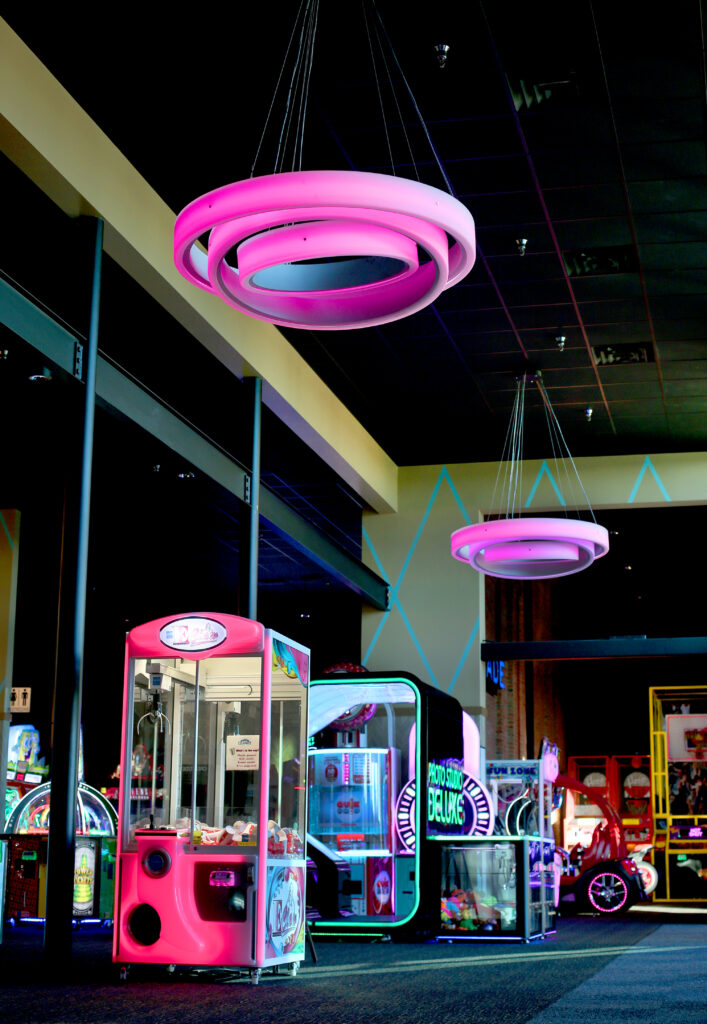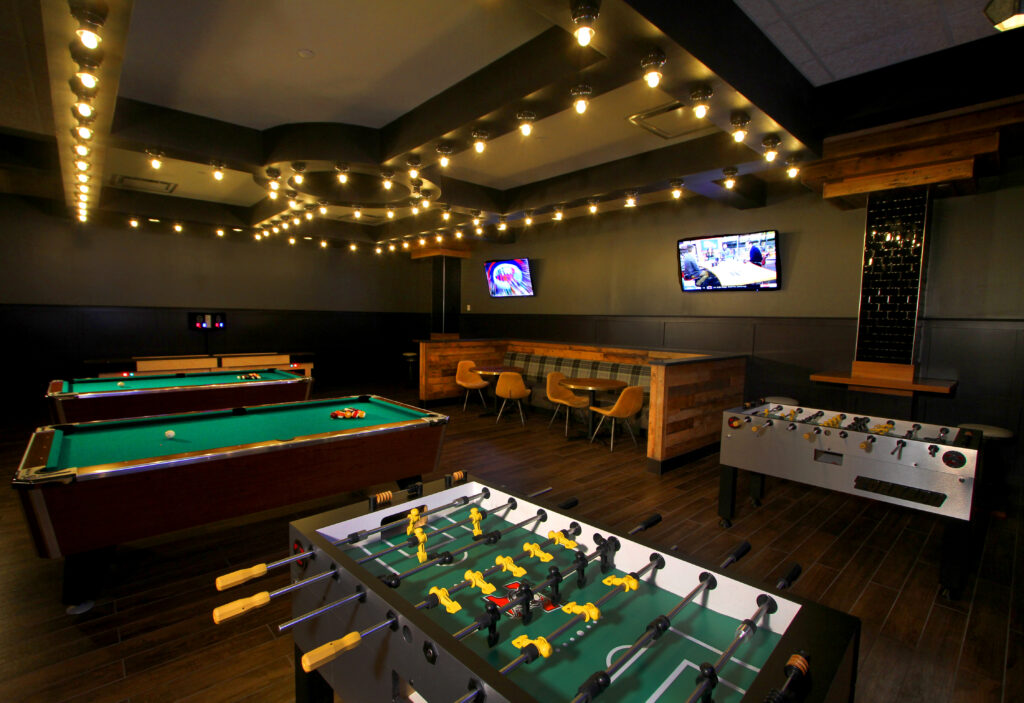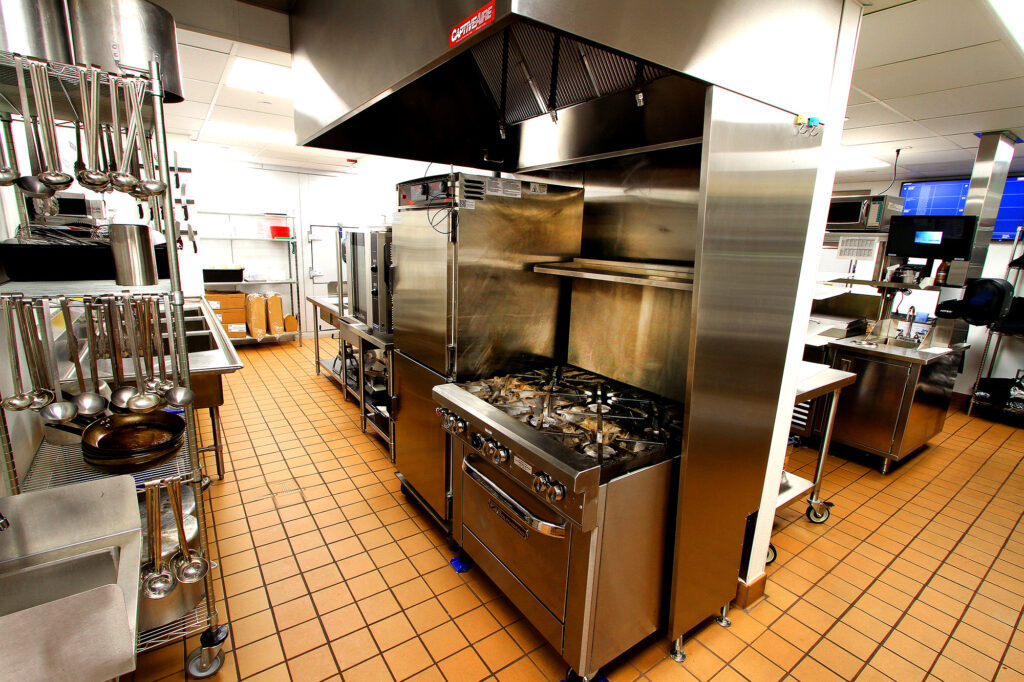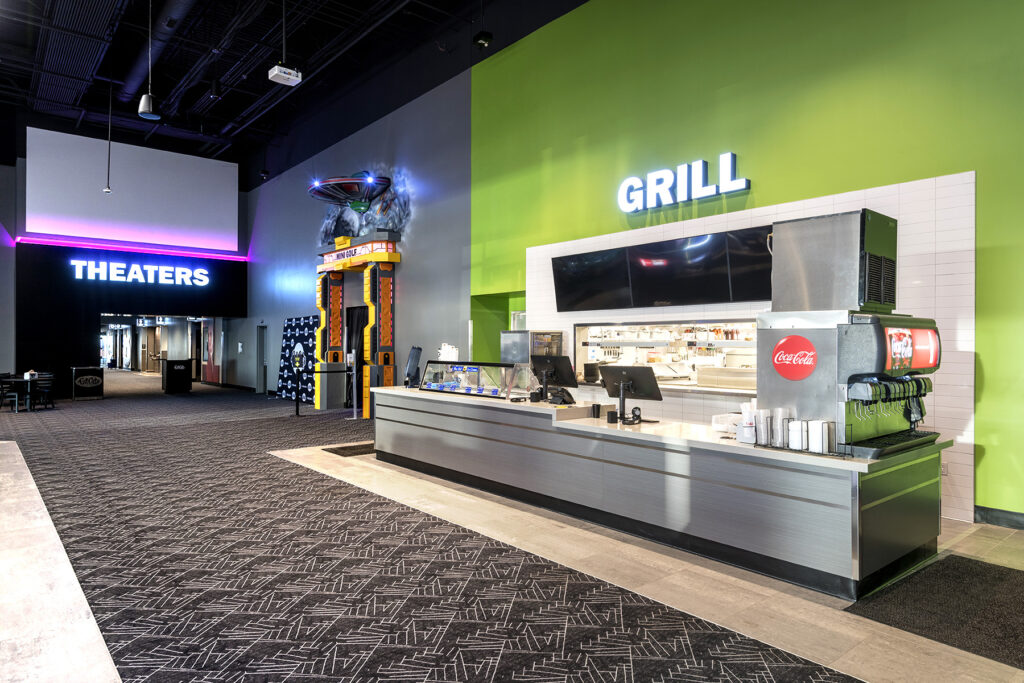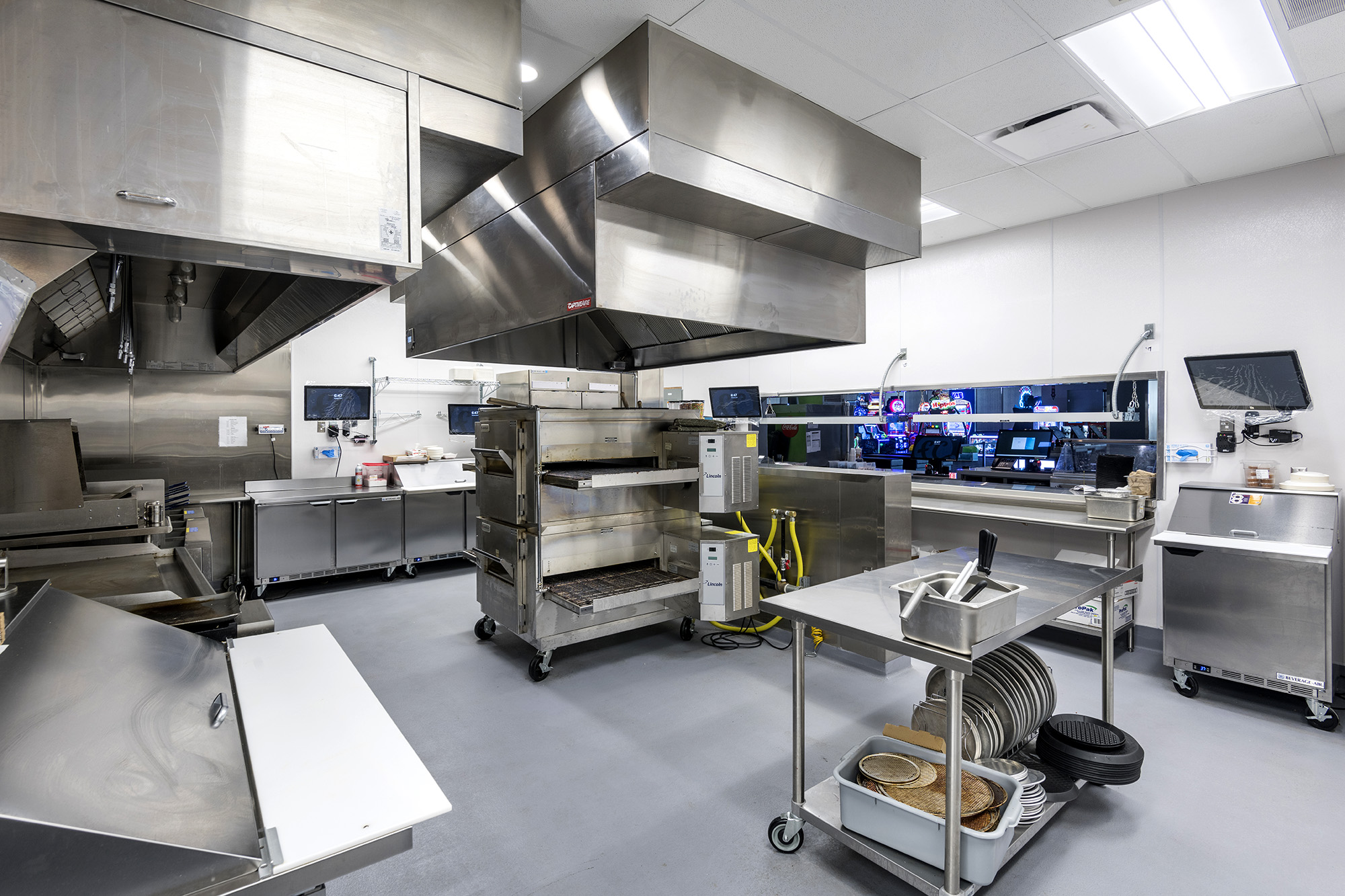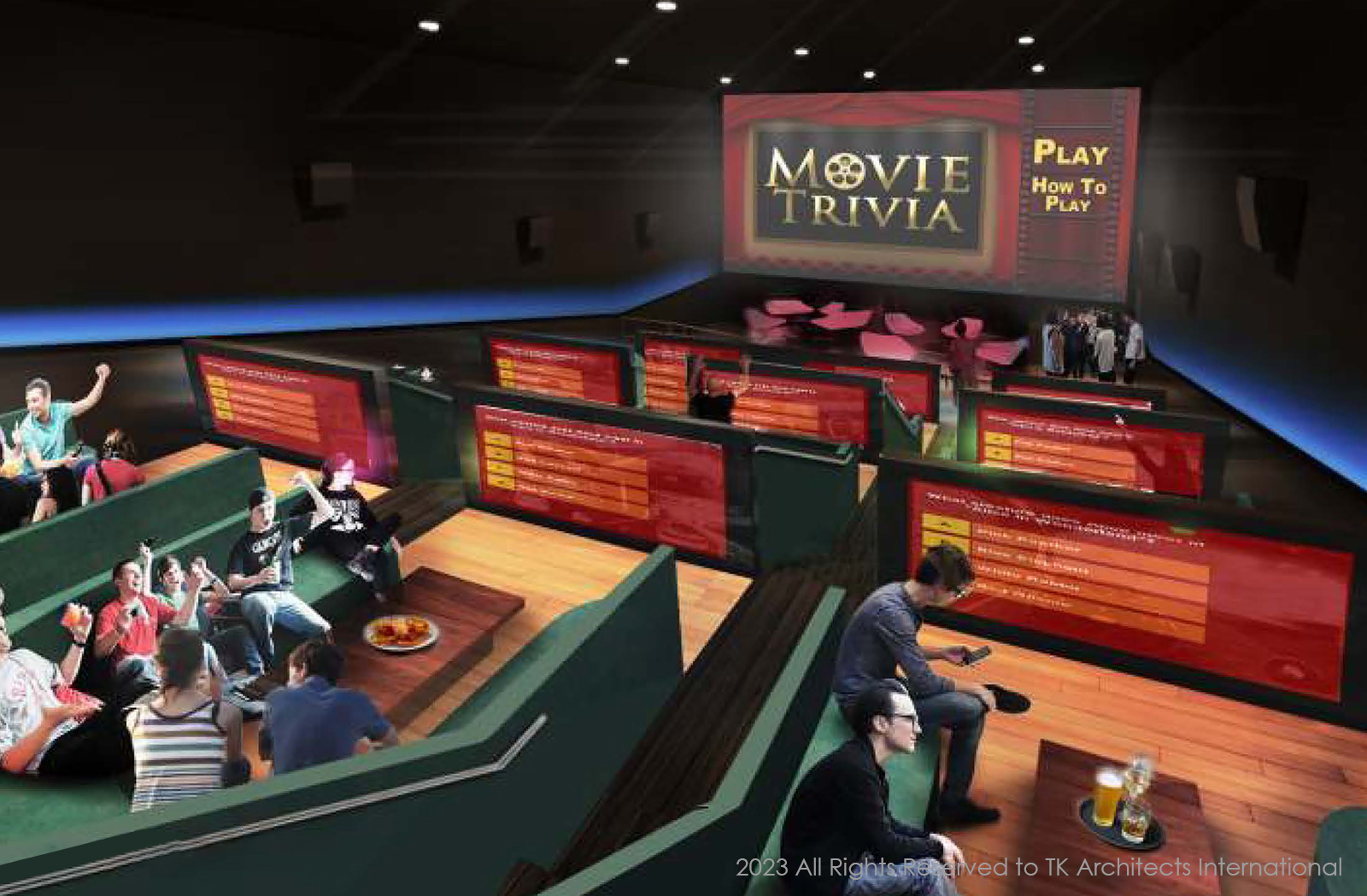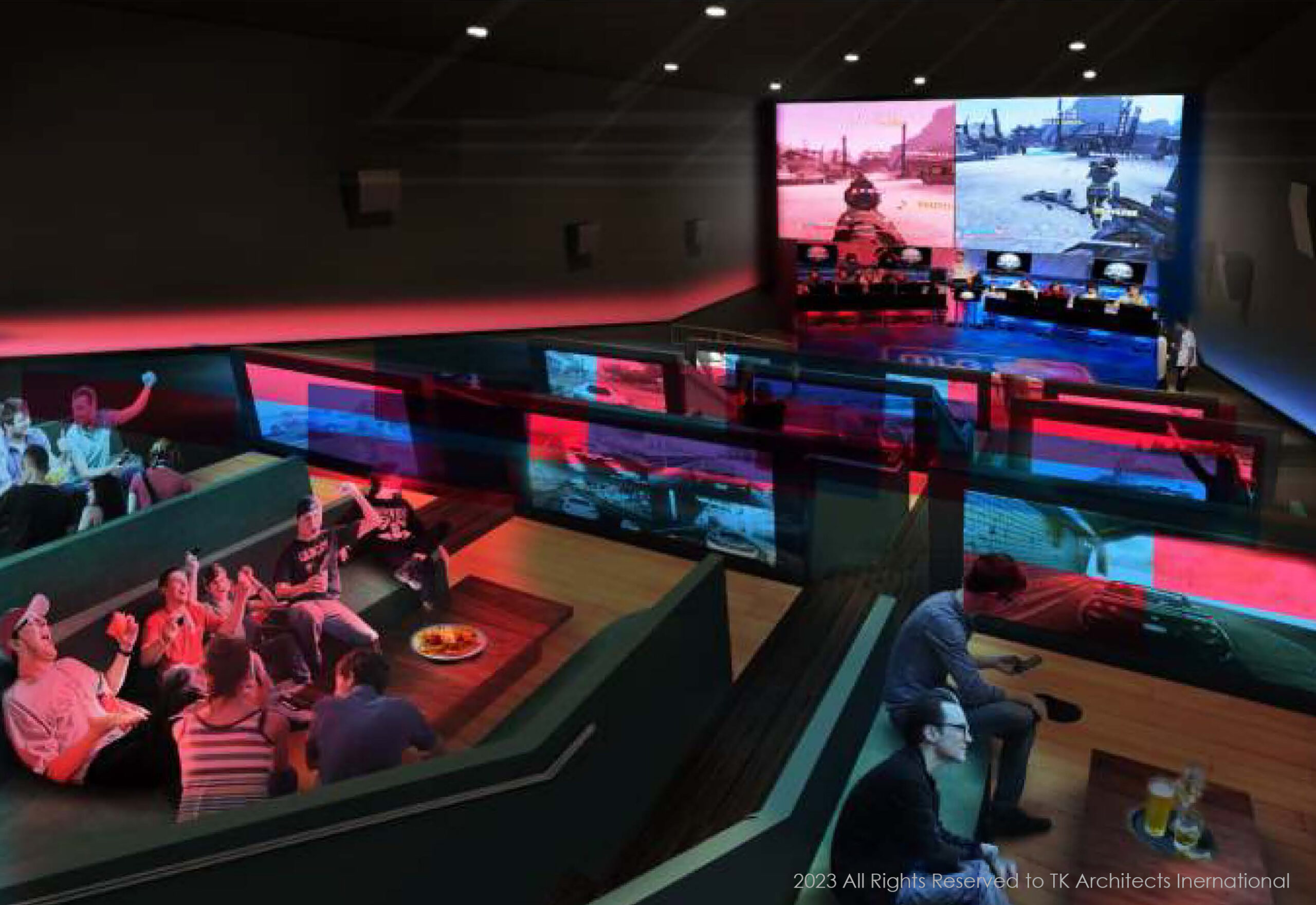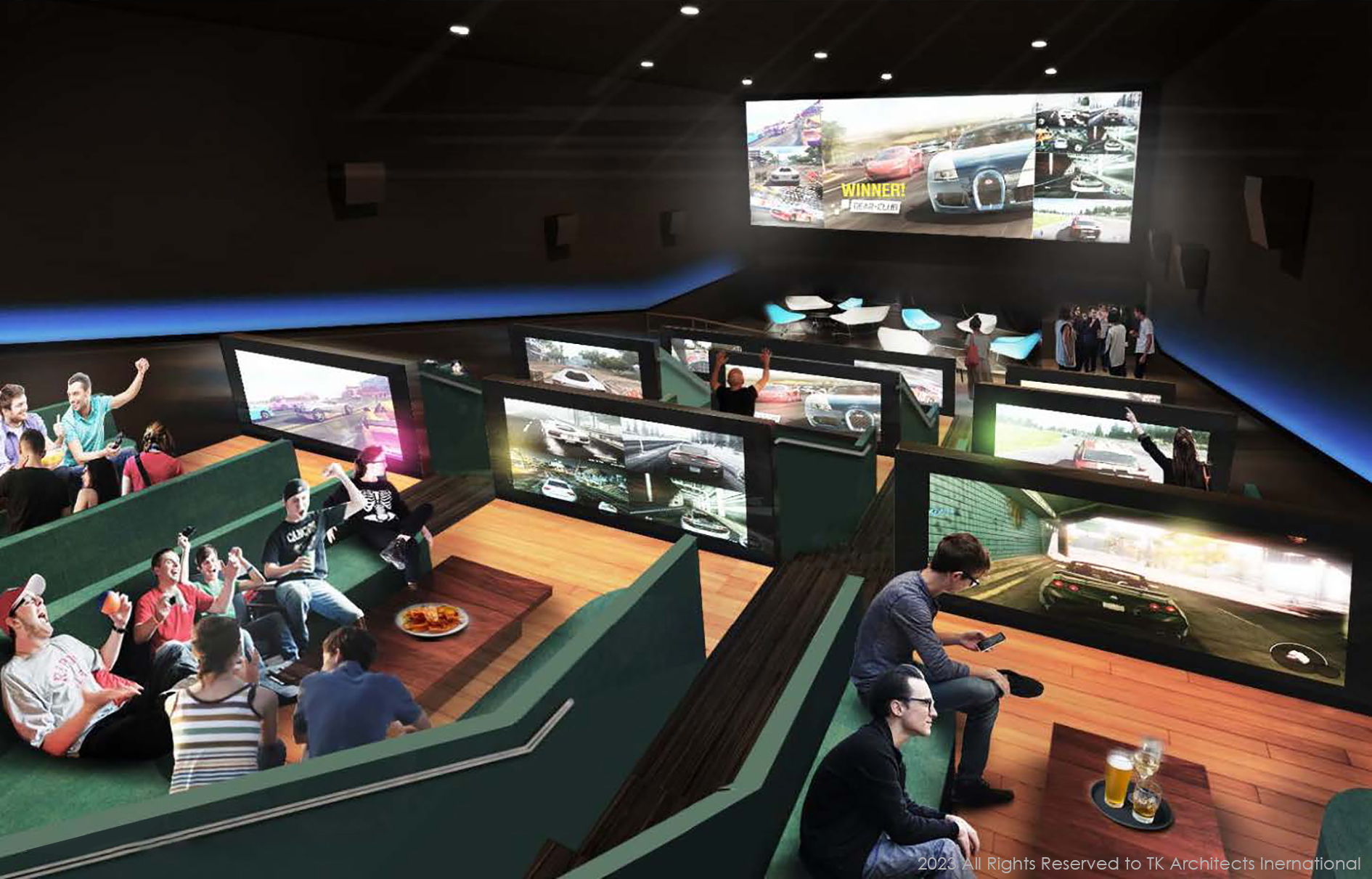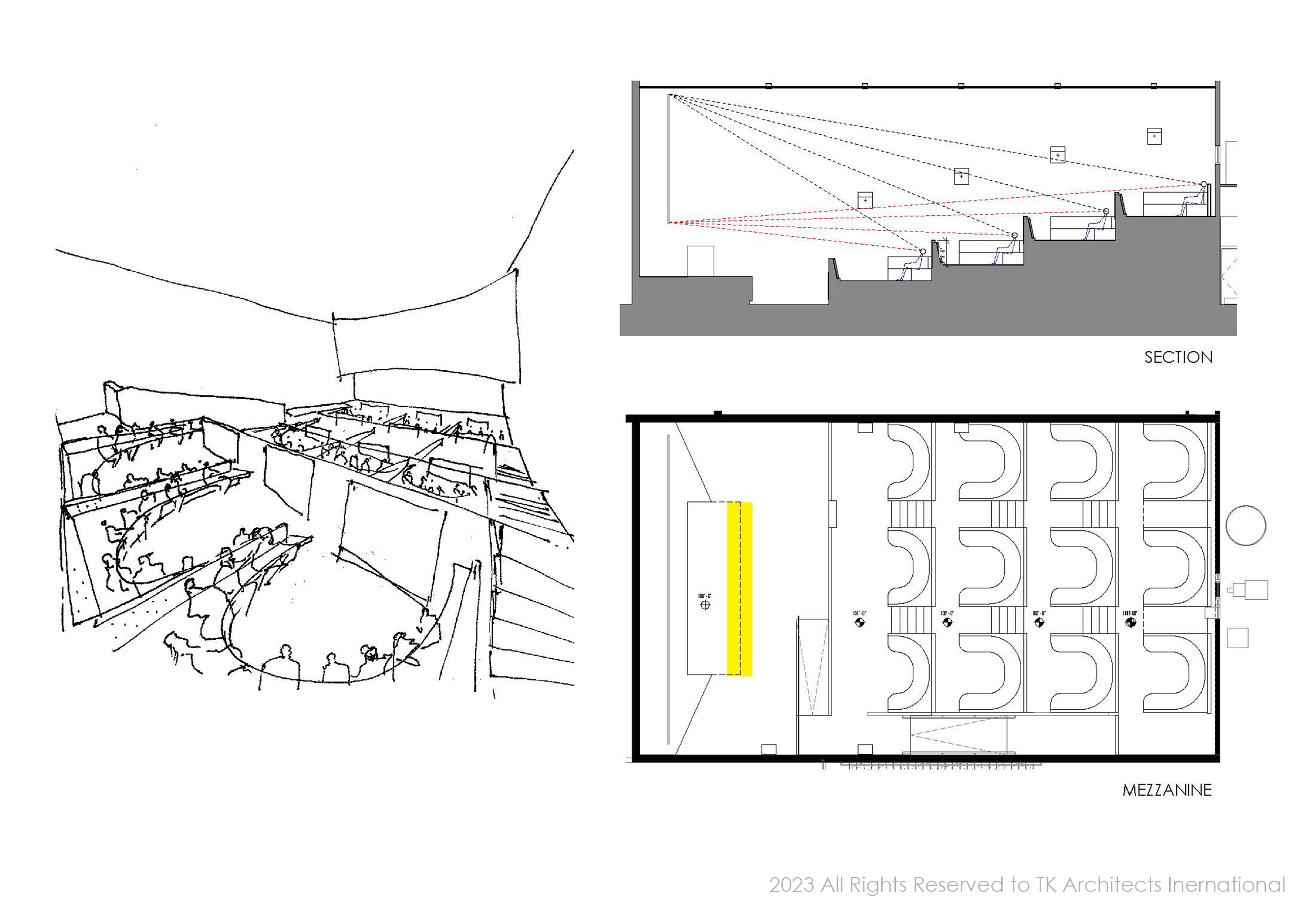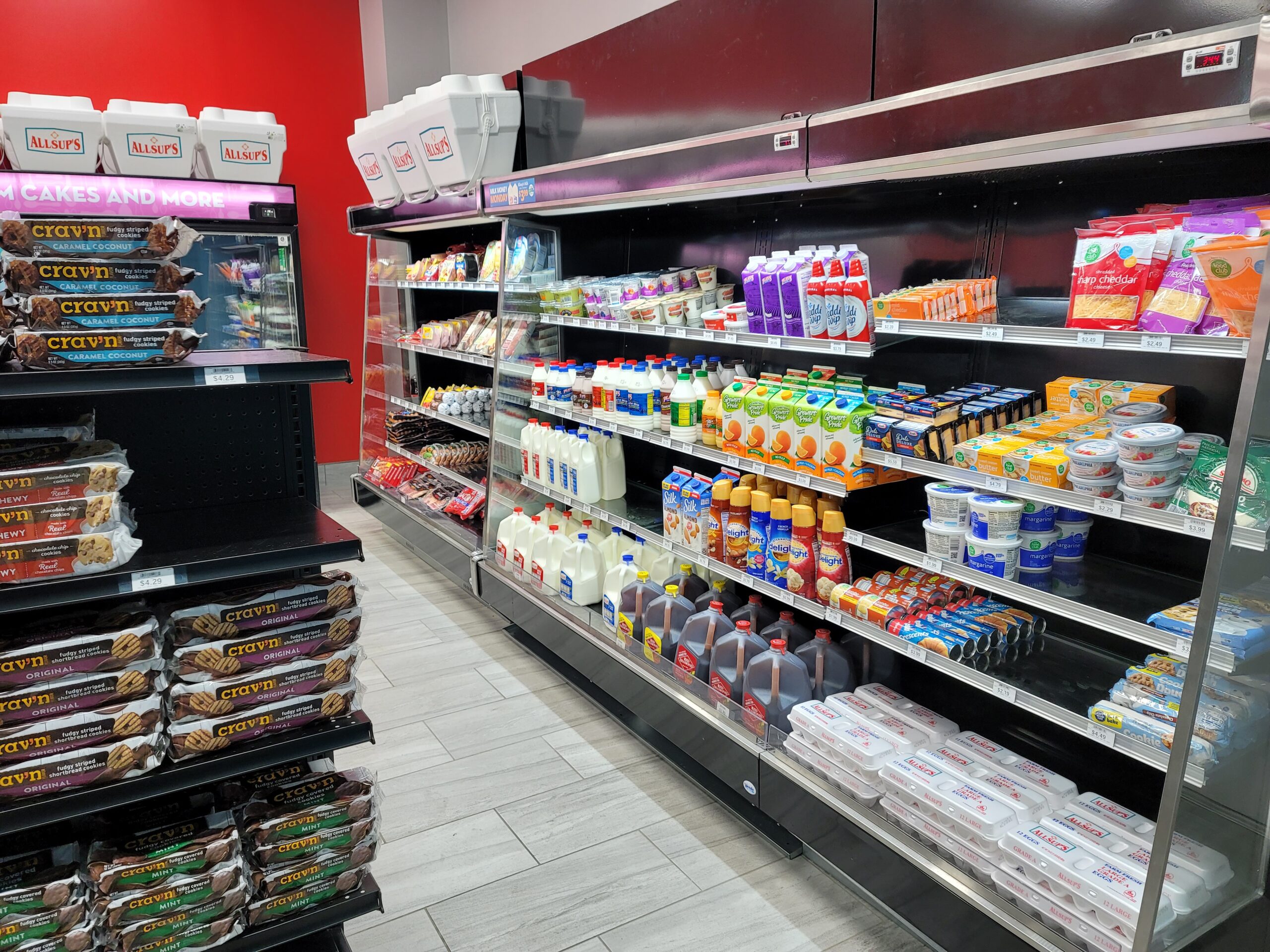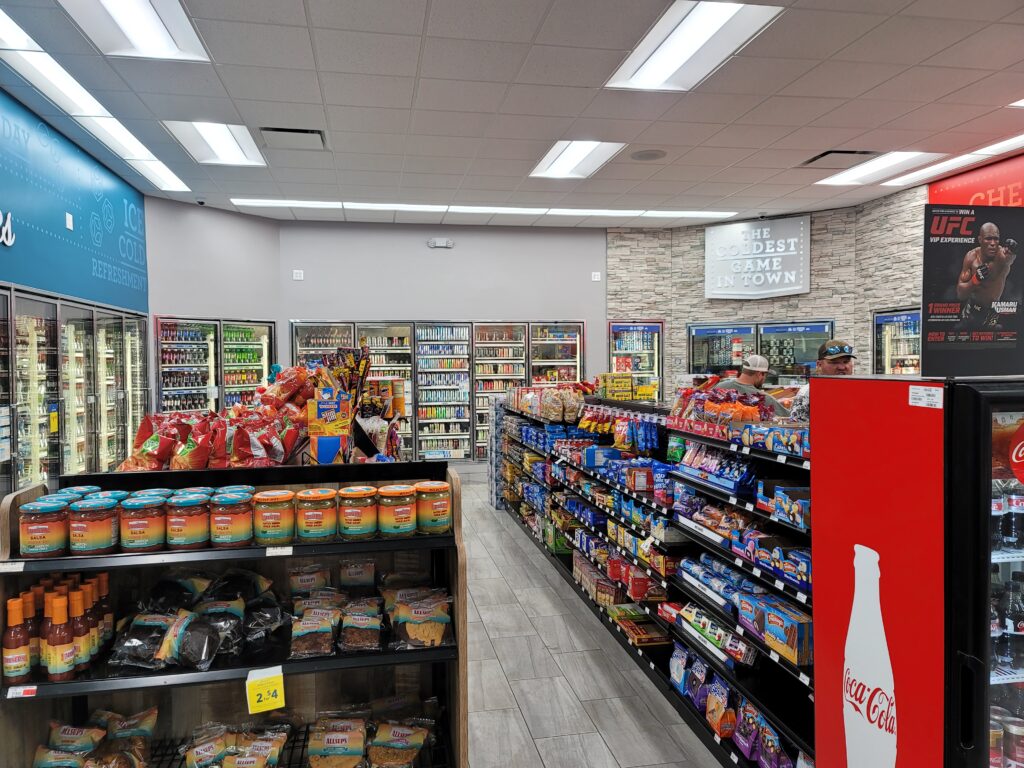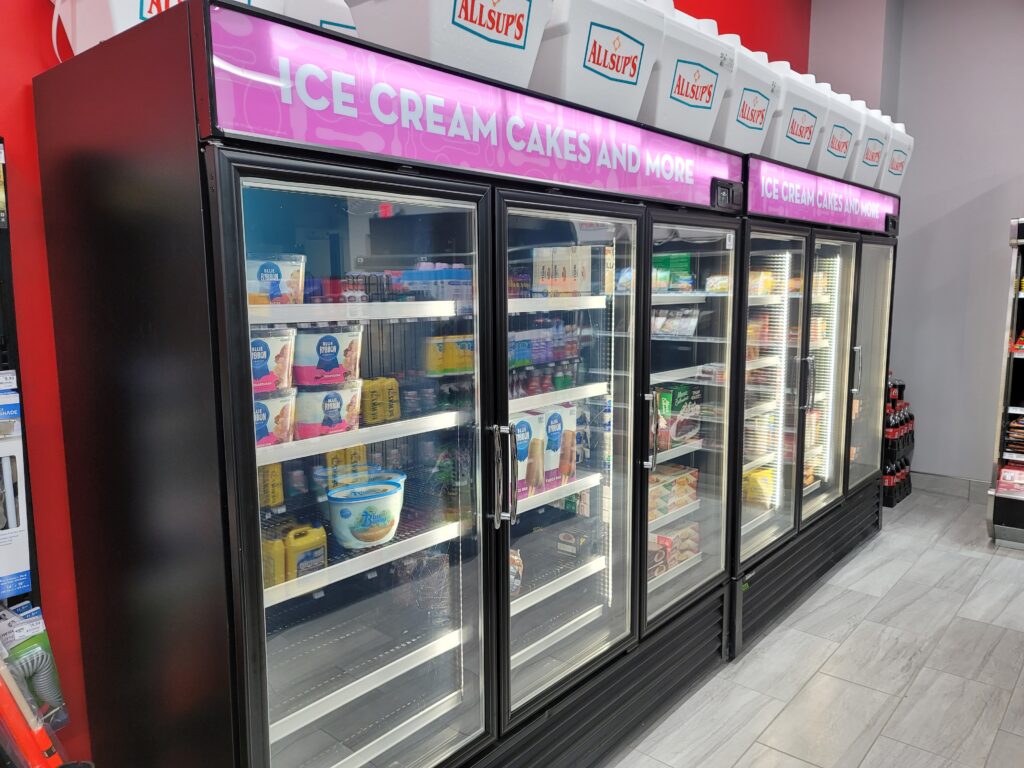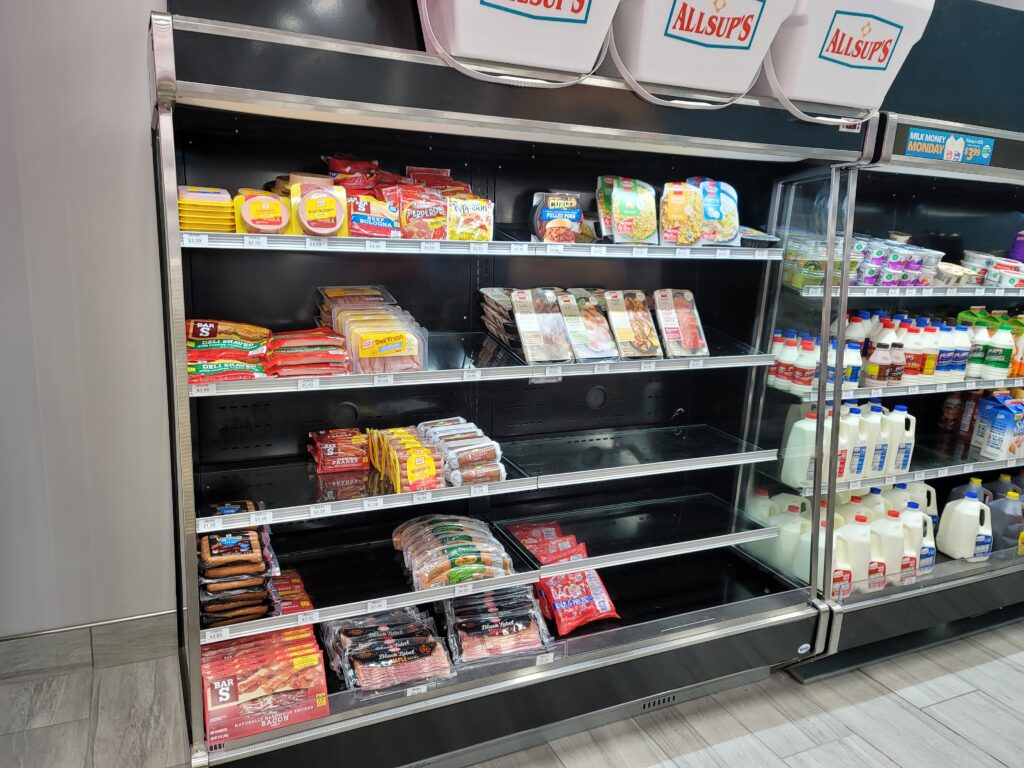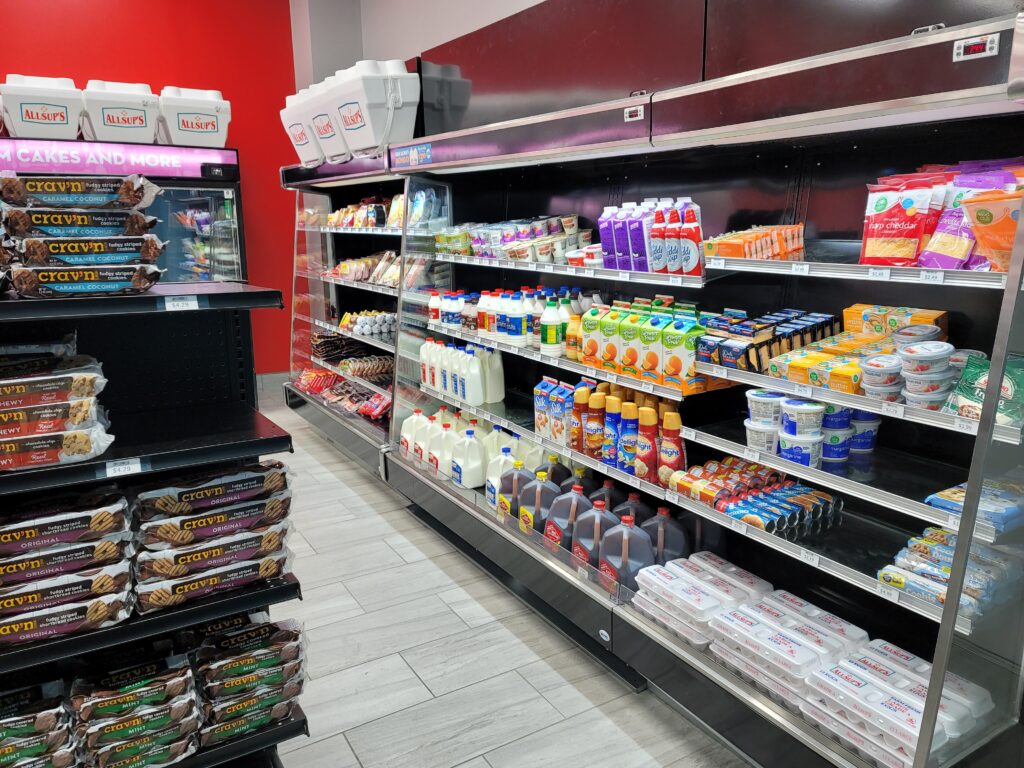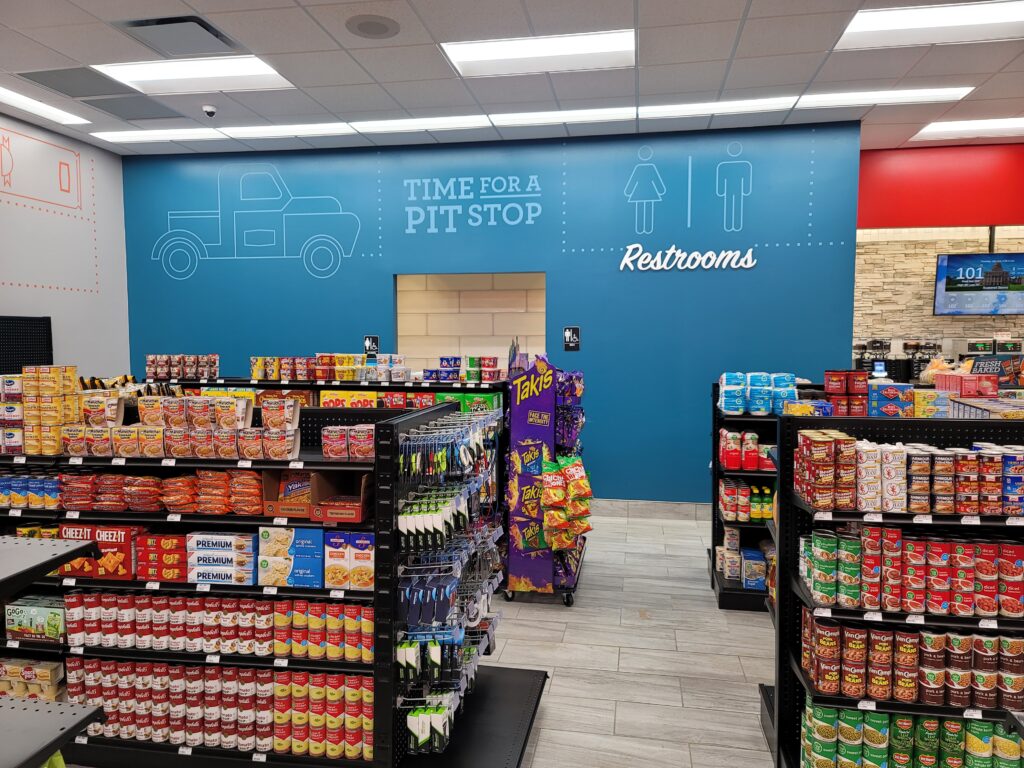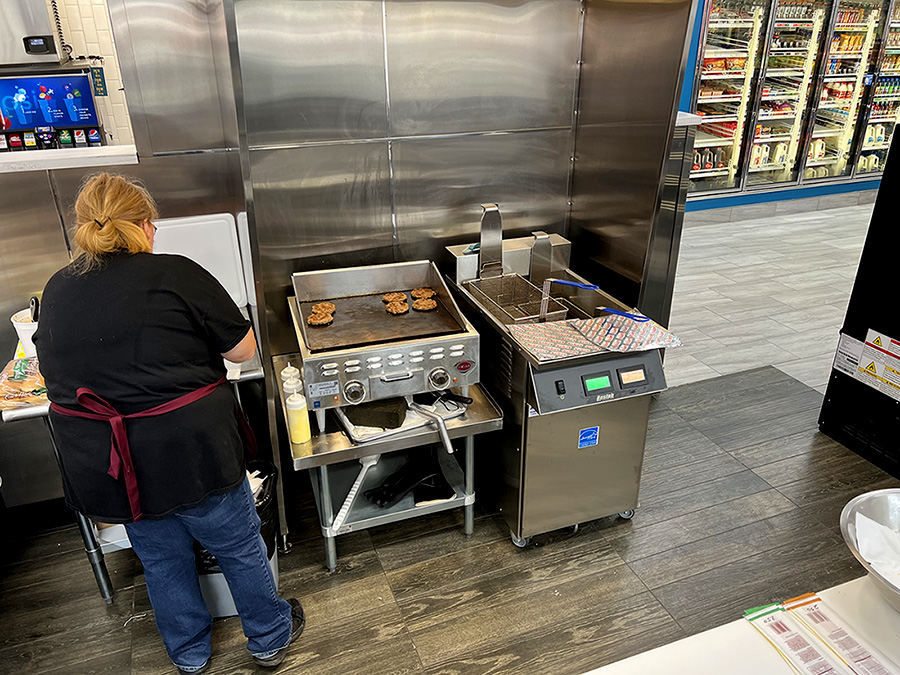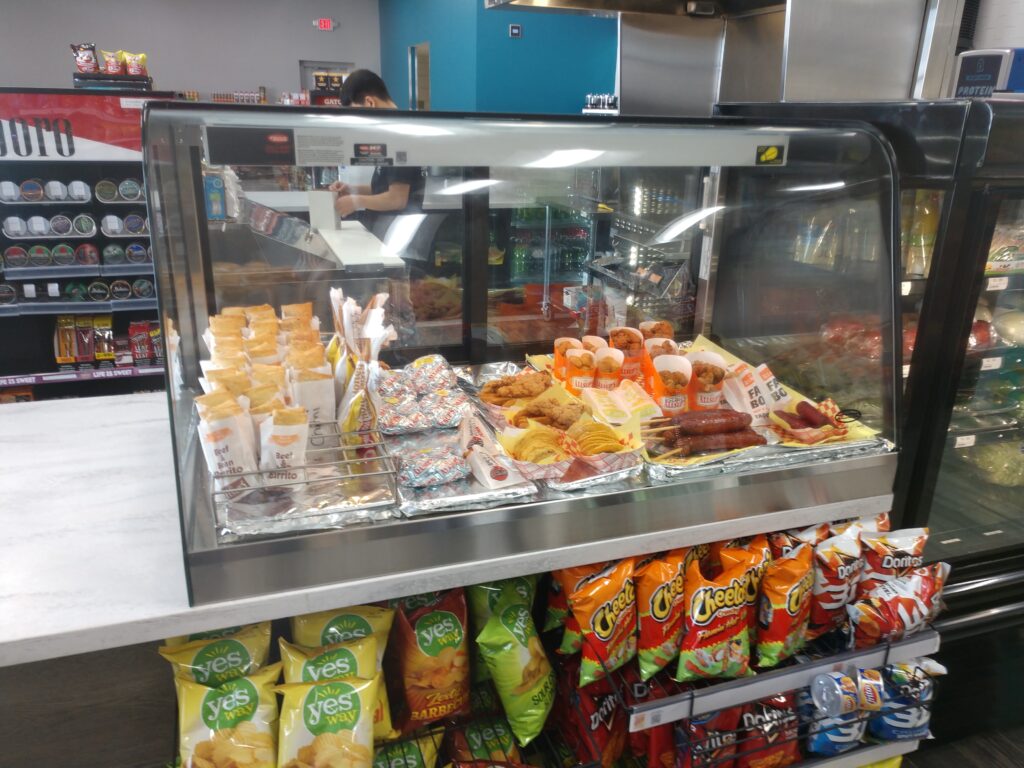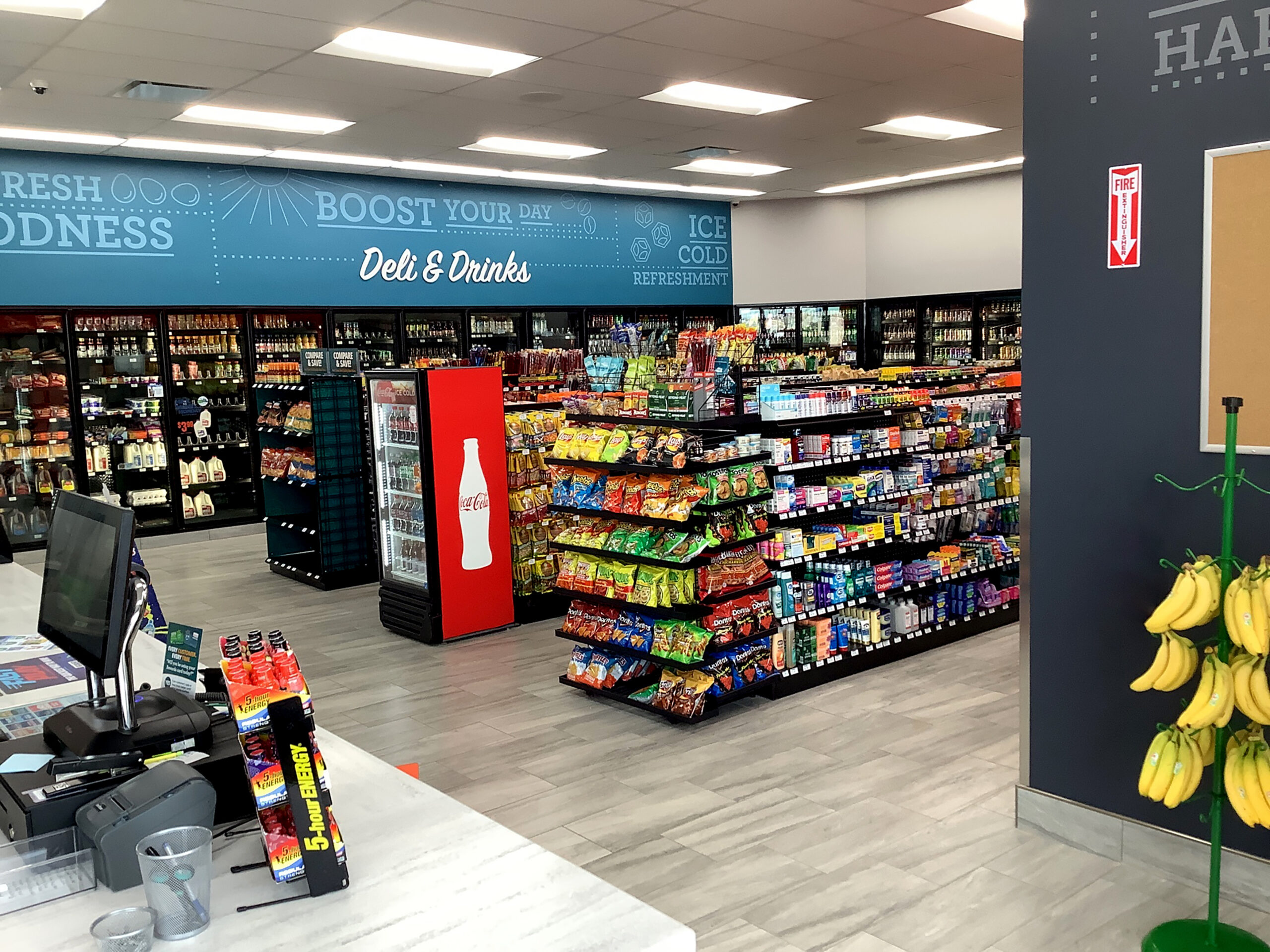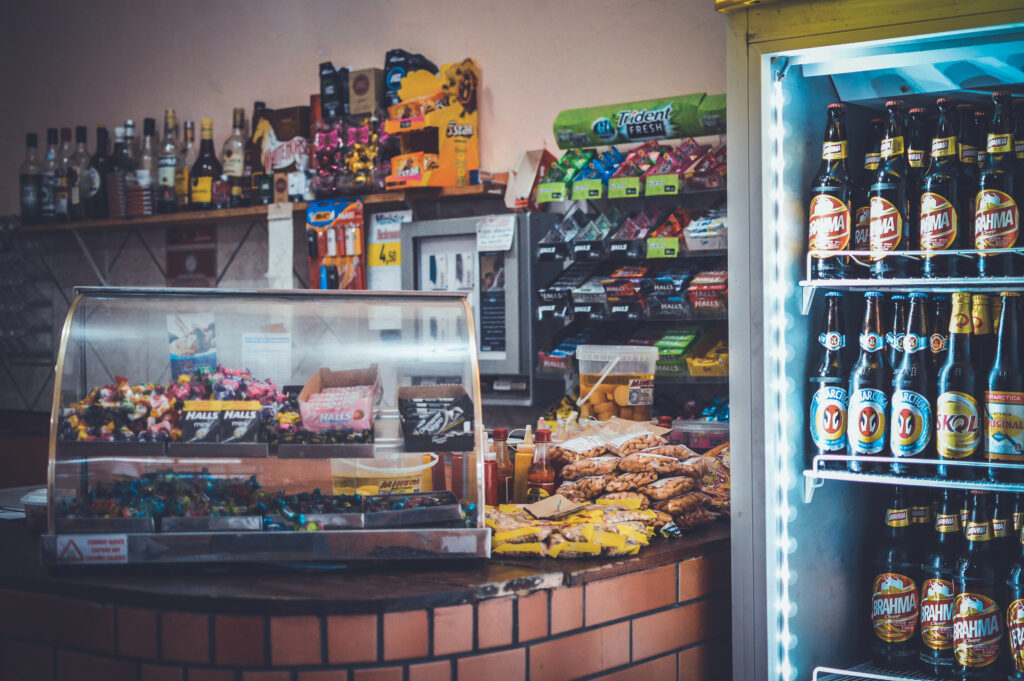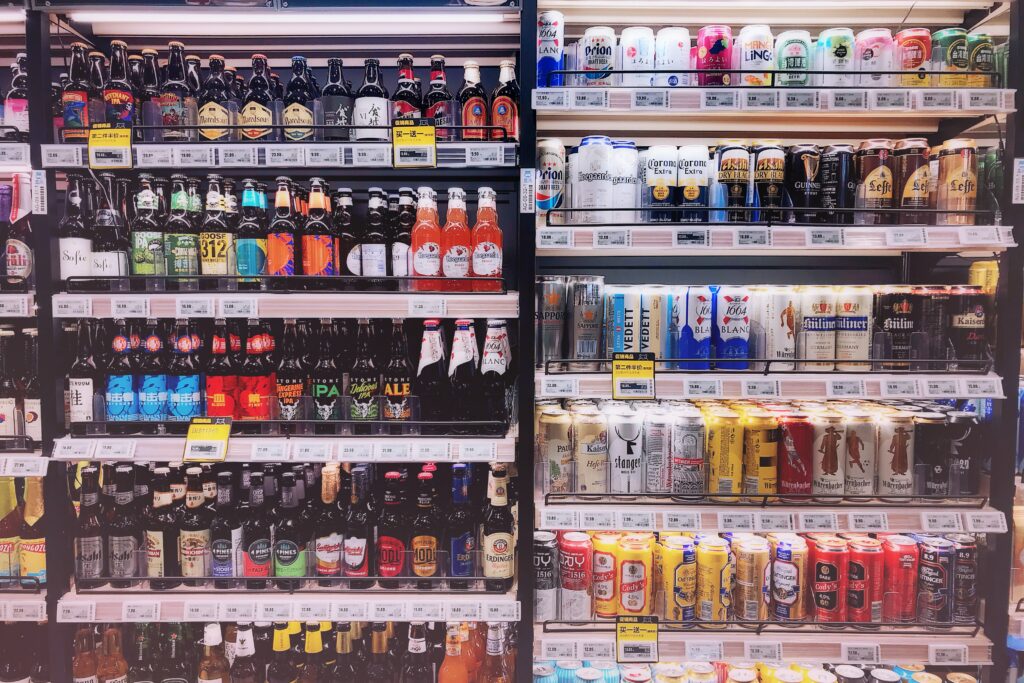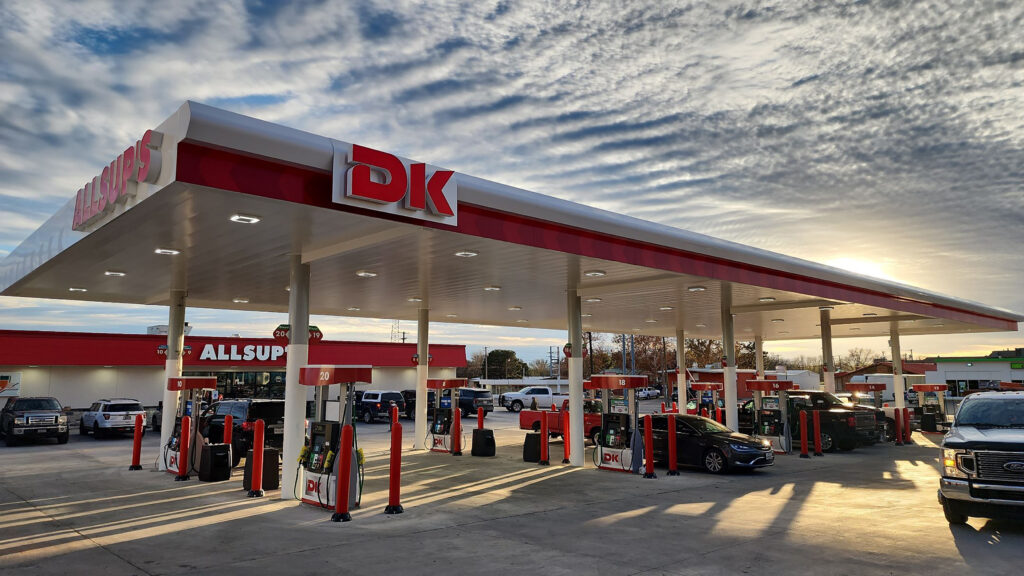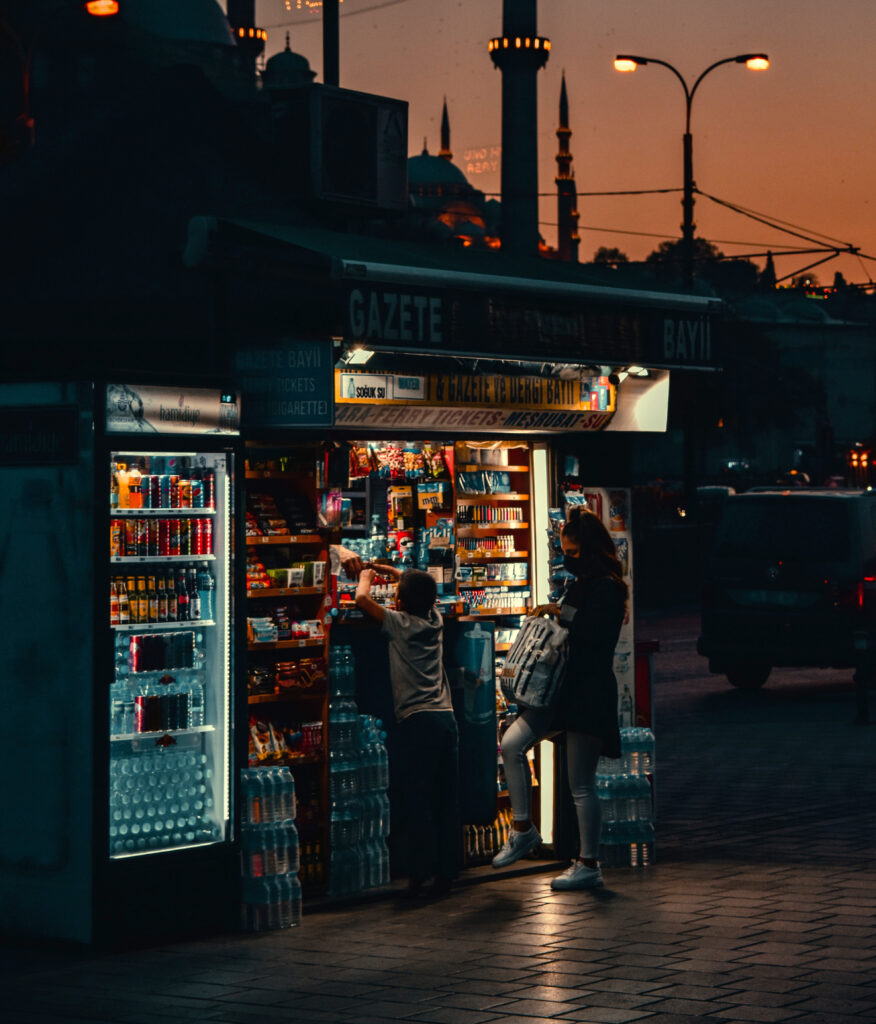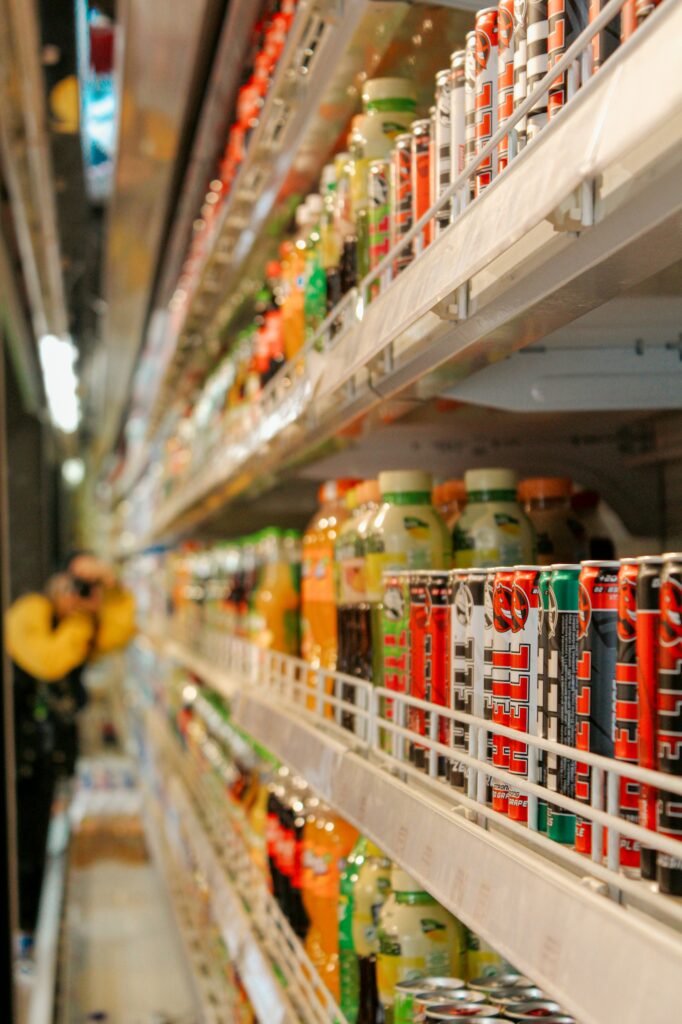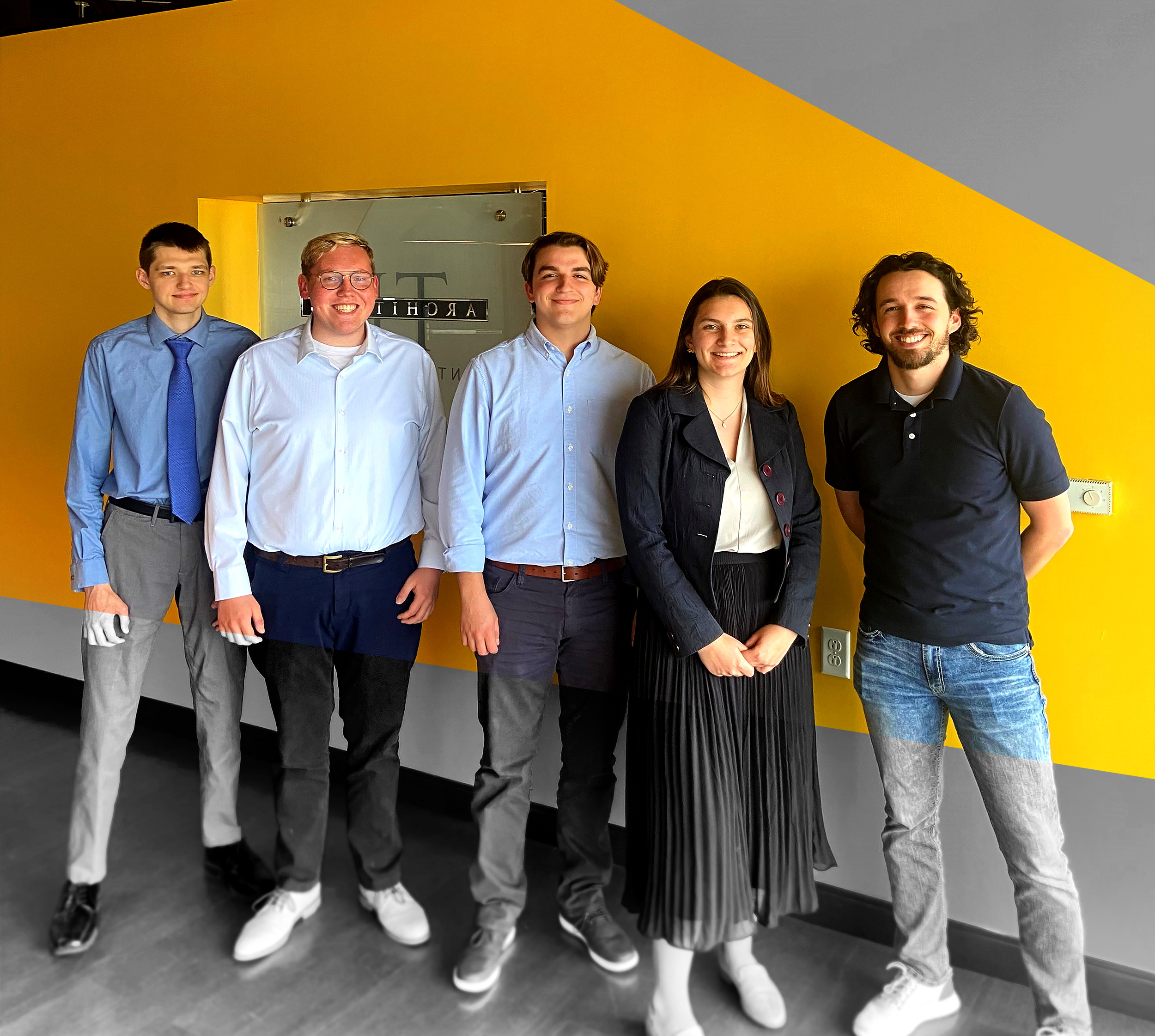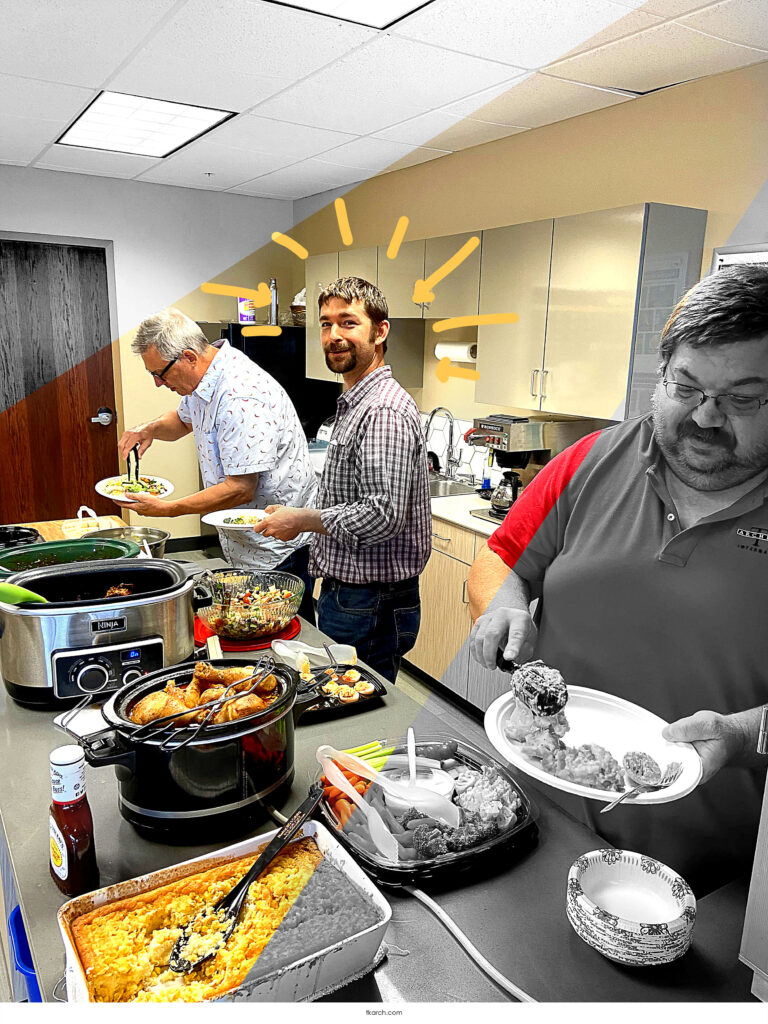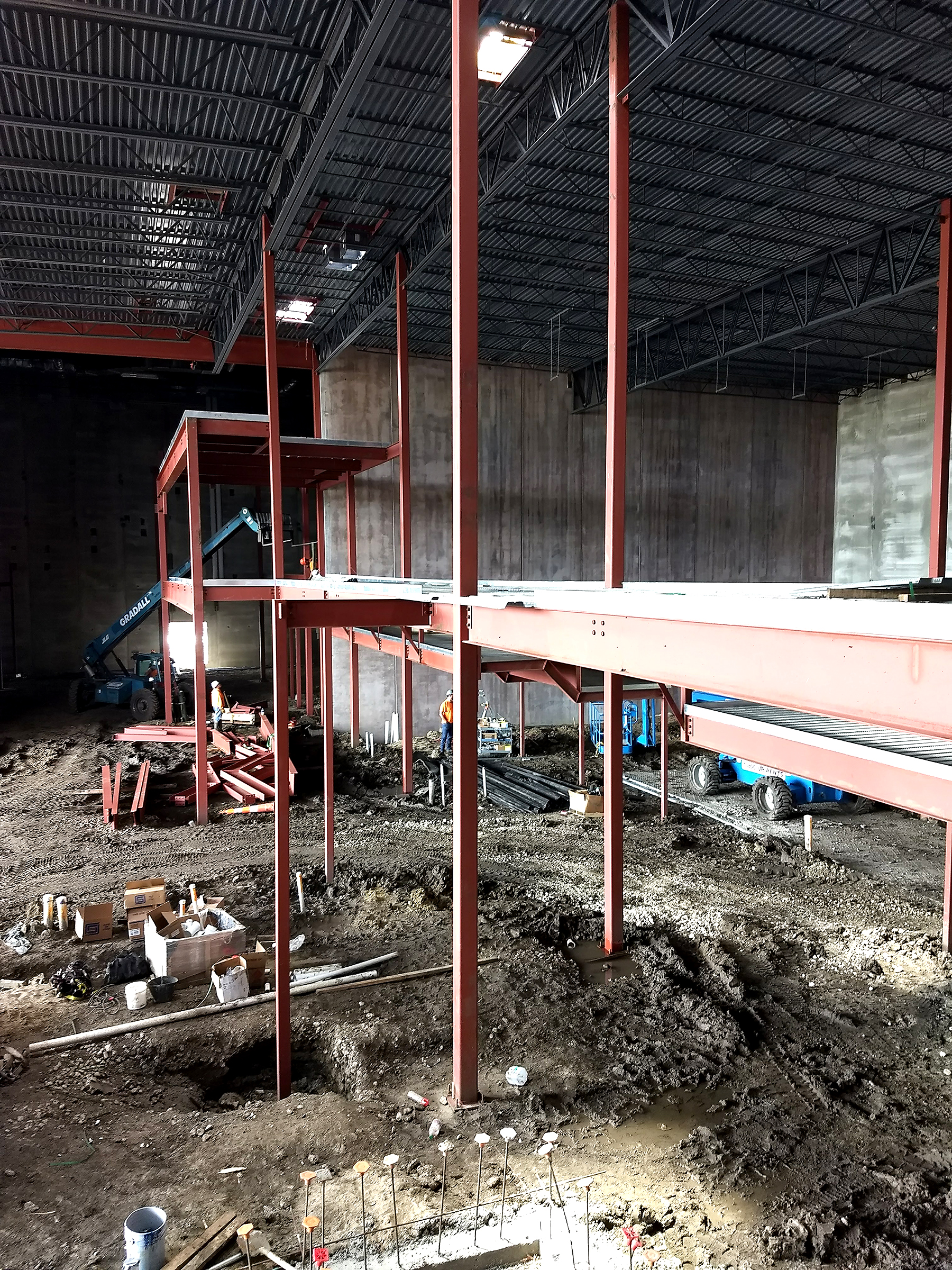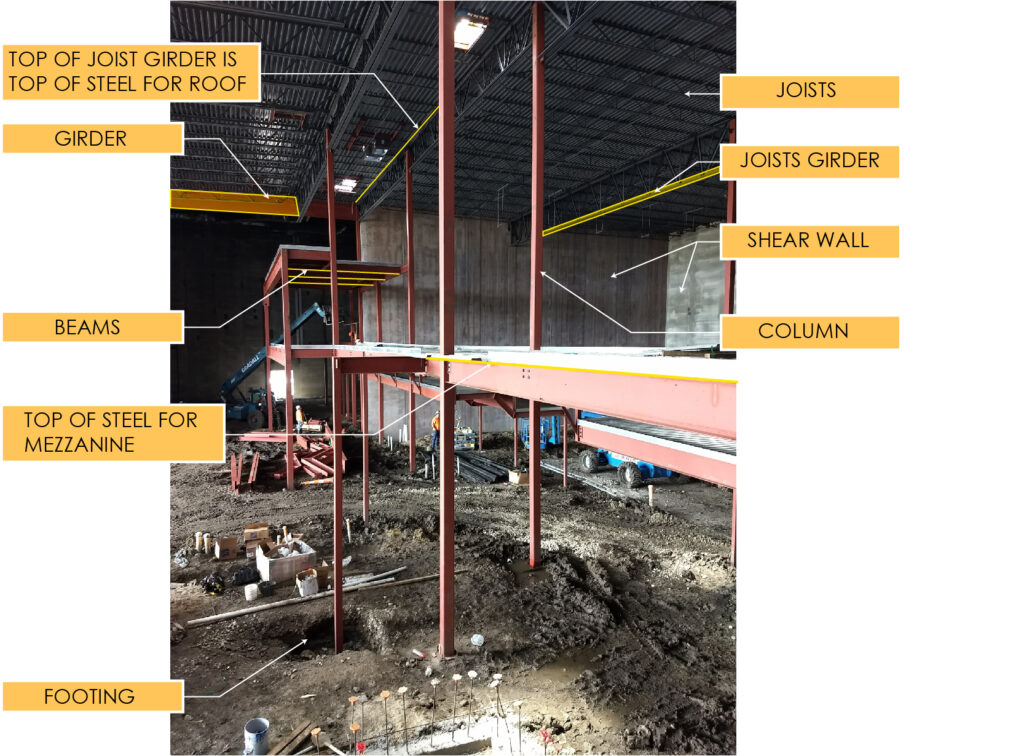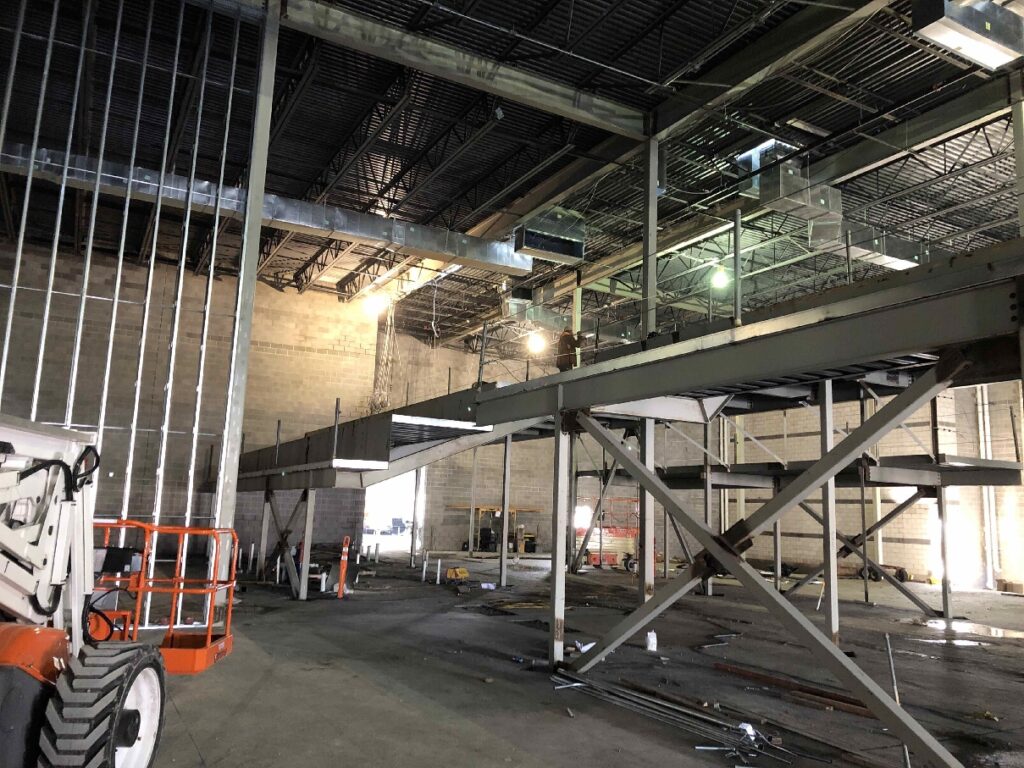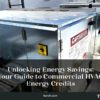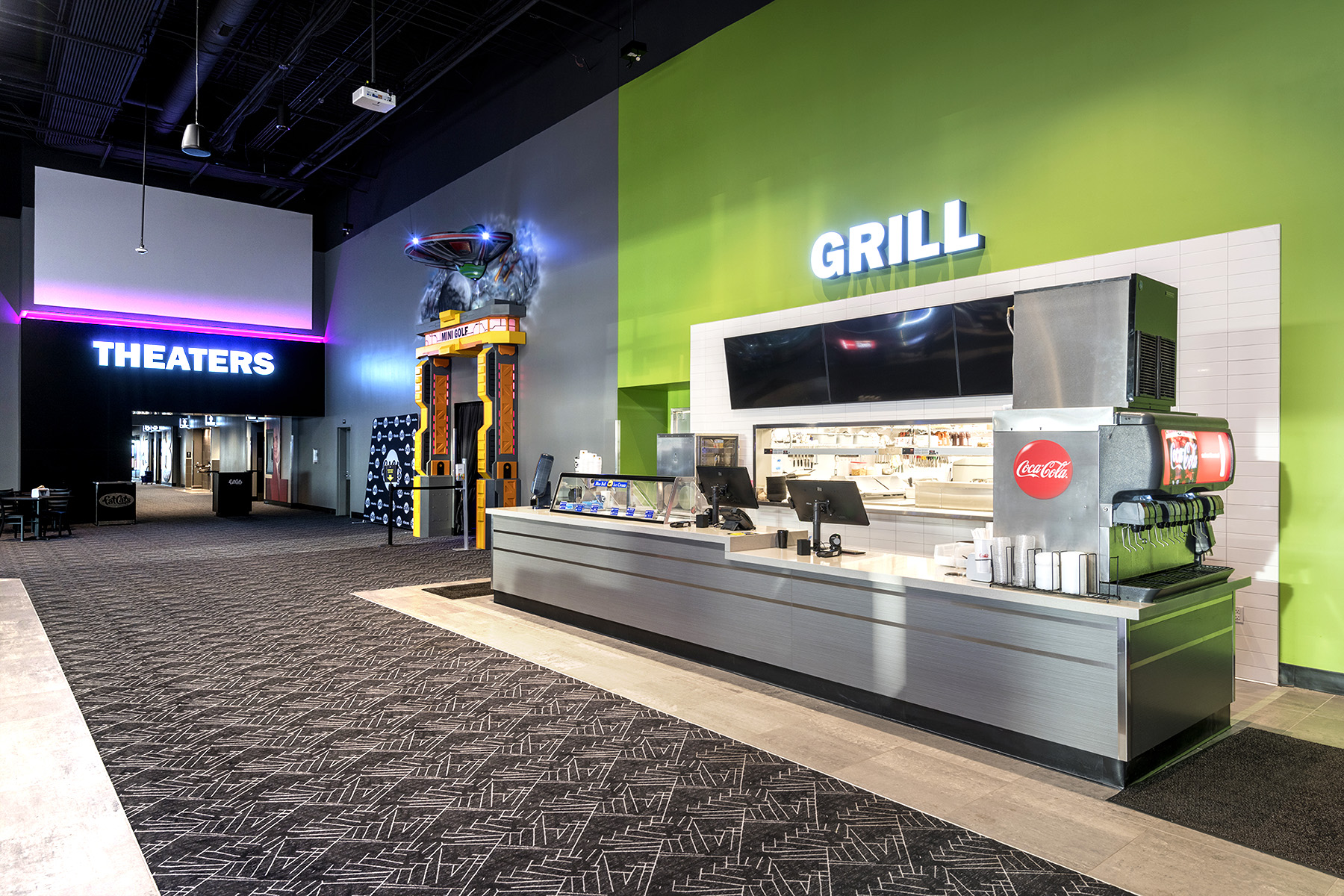
by Jack Muffoletto, Sr. Principal
August, 4th 2023
What’s Happened
The last round of cinema transformations revolved around the experience. Many customers took the position that the in-home technology available allowed them to re-create cinema picture and sound in the convenience of their home with the familiarity off their comfy chair.
Exhibition responded:
- Branded Premium Large Format auditoriums with giant screens unachievable at home
- 3D immersive sound
- Power reclining seats for comfort
- Multiple choices to view movies:
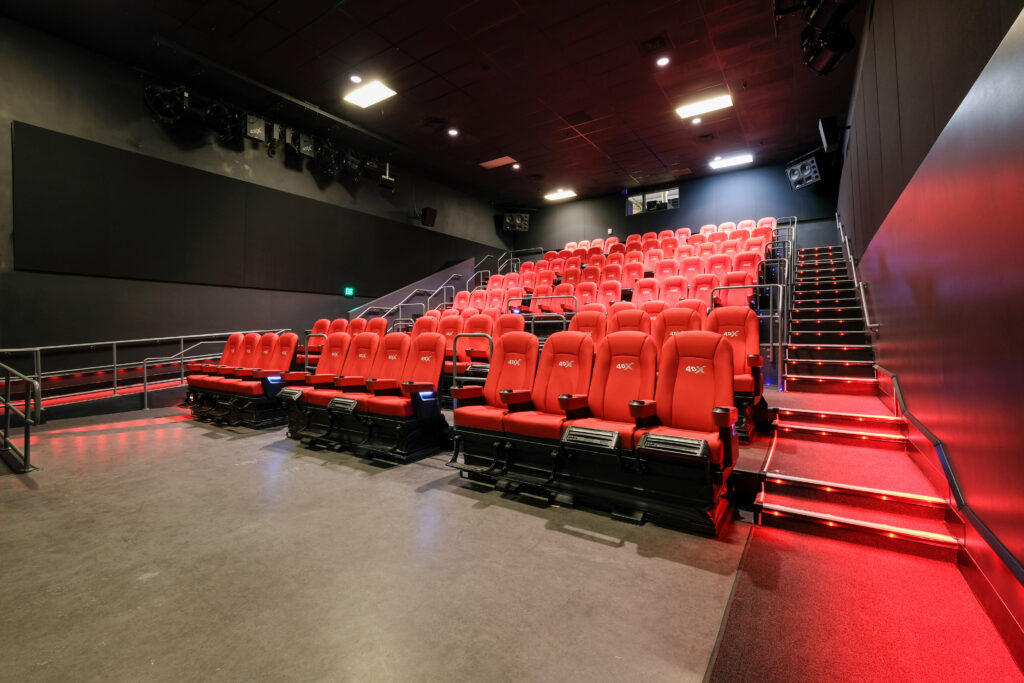
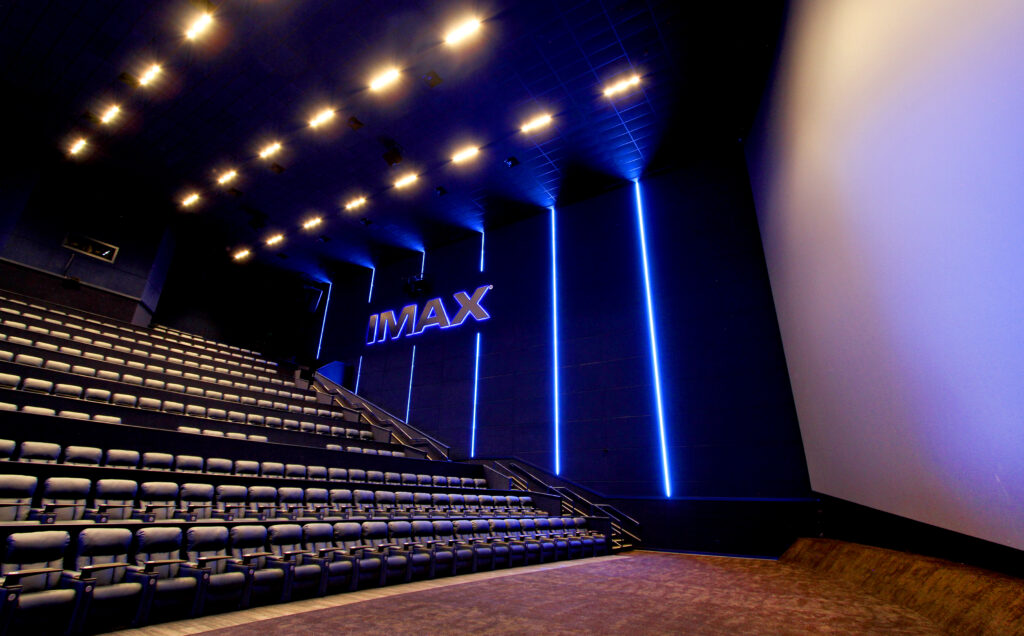
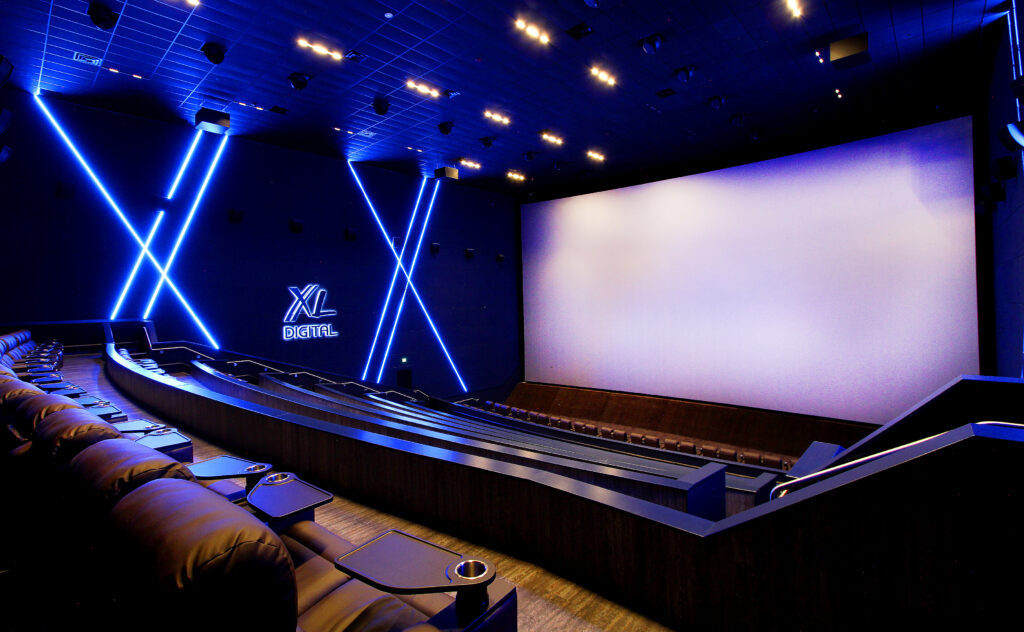
- PLF
- Screen X
- 4DX, D-Box, MX4D
- VIP
- Dine-in
- Groups
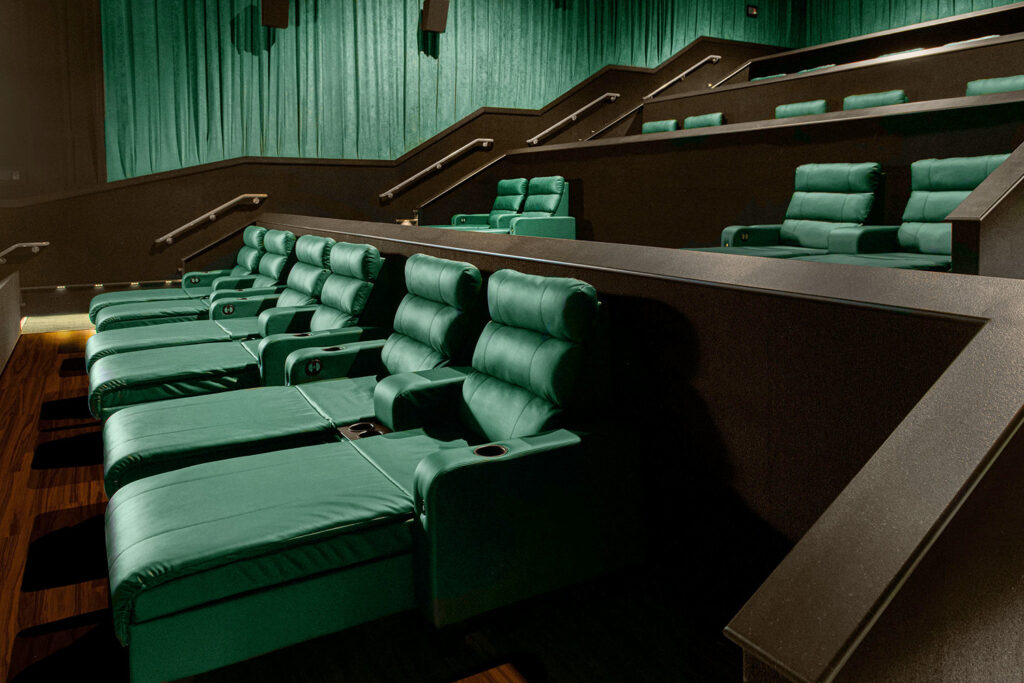
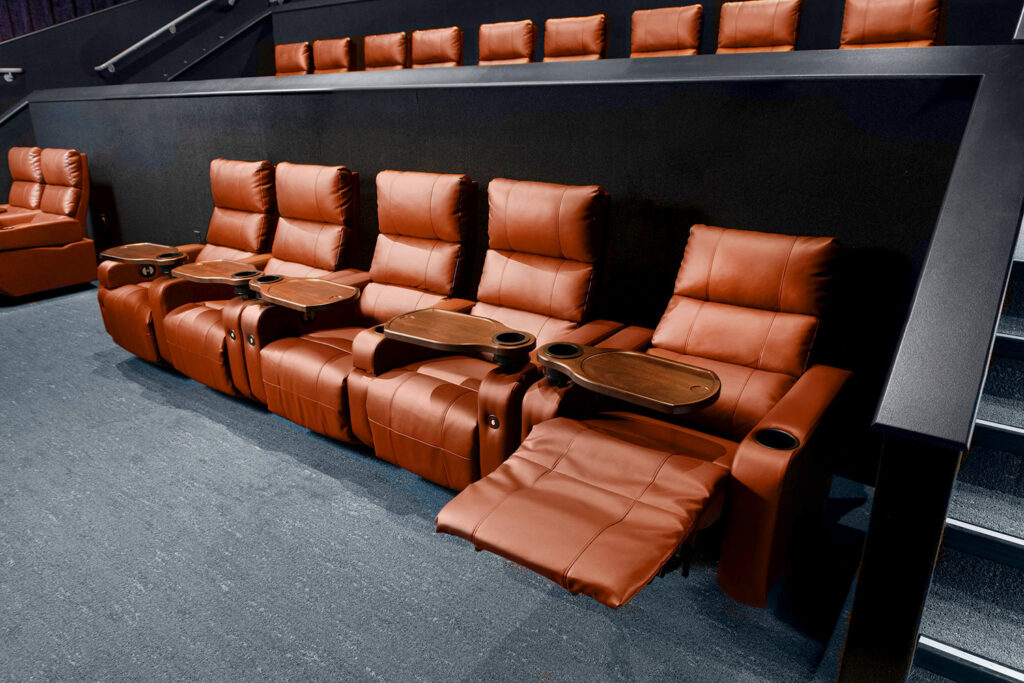
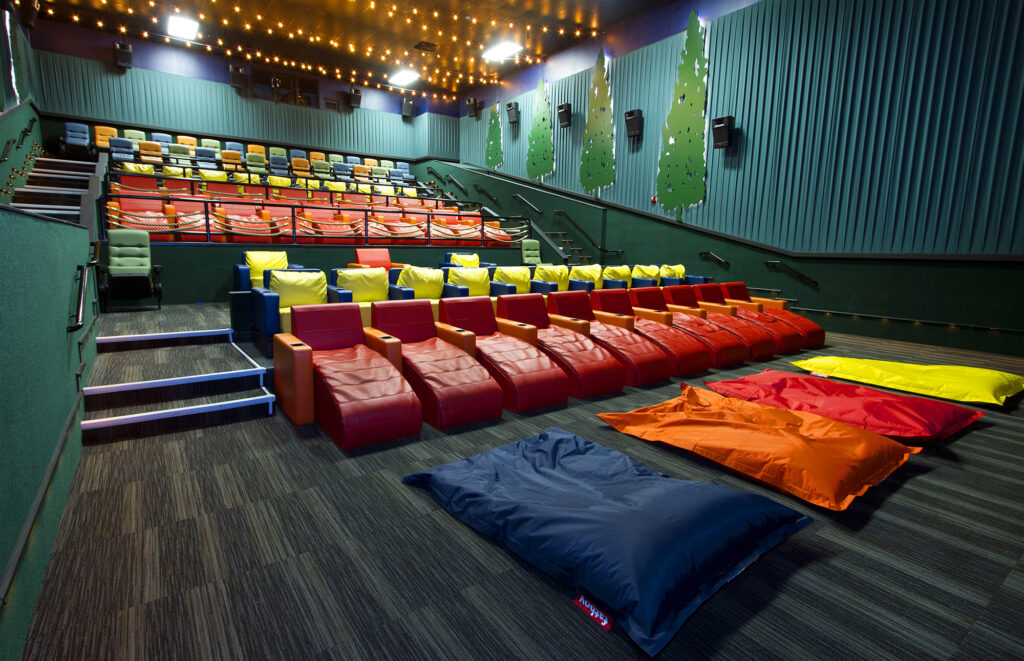
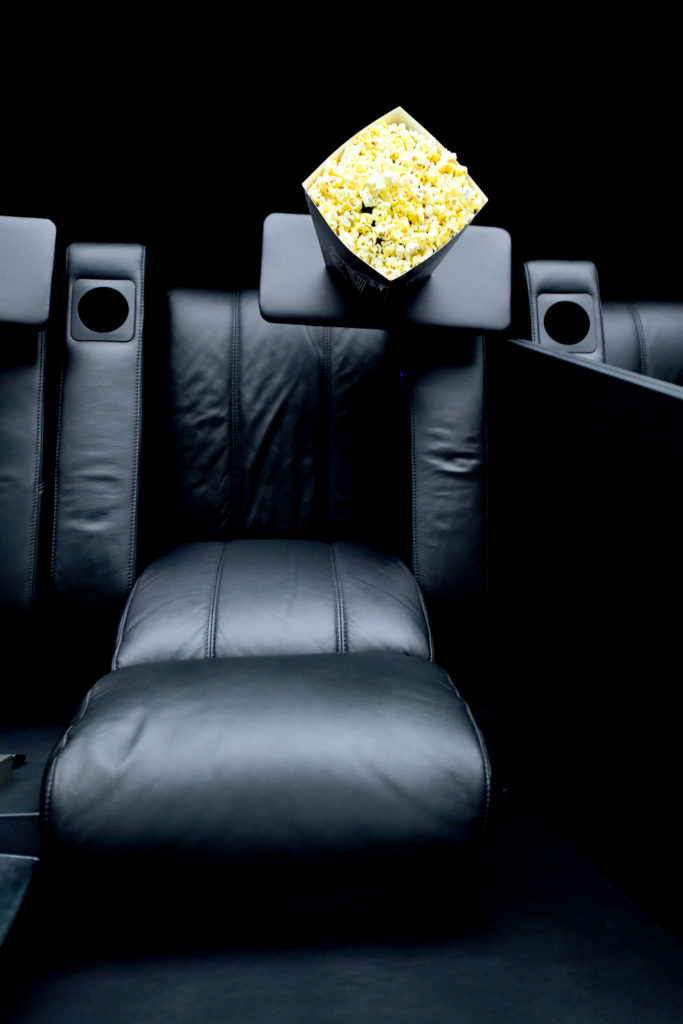
Since Then
The pandemic caused the cinema industry to halt due to disrupted film production and the shutdown of exhibition.
Furthermore, known threats to the industry worsened. The options to stream film at home have become wider and easier. The theatrical ‘window’ discussion intensified to the point of eliminating it completely.
Over the years exhibitors have become accustomed to threats, so some self-examination was warranted. Questions to be answered:
- How can we diversify revenue sources beyond Hollywood and become less dependent on them?
- Are there too many screens for the content being released?
- How can we generate higher revenue from under-utilized space?
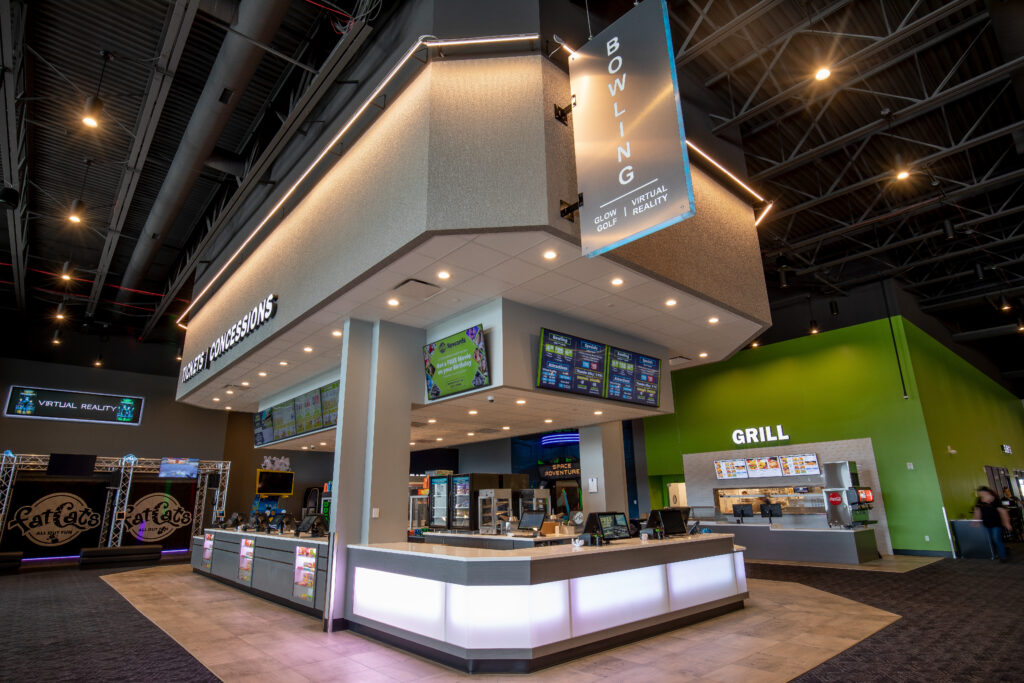
What’s Next
The cinema business model as we know it could become obsolete. Cinema is not going away it is just evolving into something new. Entertainment Centers are quickly becoming the next big thing. Consider an FEC where cinema is a key attraction alongside bowling, arcade / redemption, axe throwing, laser tag, etc. Diverse revenue streams are established for year-round, all-day business.
- Stay longer
- Adult focus AND family focus
- Gaming, competition focus
- Competitive Socializing
- Even more F&B! Many existing cinema properties already have the F&B infrastructure
Challenges / Opportunities you run into…
Existing cinema facilities come in all shapes and sizes and markets dictate attractions, ROI, construction cost, etc. However, there are some things you can always count on:
Advantages
- Square footage and volume available
- Toilet rooms in place
- Potential for exterior yard space
Structural Considerations
- Demising Walls
- i. Many demising walls are non-load bearing metal stud and gypsum board walls with a few structural steel columns. In these cases, very large openings can be made or the entire wall can be removed.
- ii. If a demising wall is structural, or made of concrete block for example, deliberate, small linteled openings for visibility can be made
- Stadium Seating
- i. Built up stadium seating is mostly non-load bearing metal studs, geofoam or steel stringers and can be removed completely
- ii. Multiple floor elevations below grade can be leveled with geofoam and concrete
- Projection booth mezzanine can remain or can be repurposed
Design and Construction Decisions
The facility is an Assembly Occupancy, and therefore we are dealing with the movement of large groups of people. The design solution will be based on your specific market, existing conditions and:
- Customer Circulation
- Safe exiting
- Minimal crossover
- Accessibility for customers with disabilities
- Staff Circulation
- Labor consolidation
- Phased Construction
- Stay open
- Consider sarting with converting a small auditorium
- You can visualize how closing an auditorium (or 2 or 3) will not be cause for business stoppage
- Consider expanded F&B which is a high revenue generator
- Bar
- Kitchen
- Seating
- Adjacency to existing kitchen utilities
- Consider arcade games and redemption which are a high revenue generator
- Create gathering space
- FFE for attractions
- Equipment for kitchen and bar
- Utility connections
- Phased investment
- New phase after ROI achieved
Movie going habits have changed and cinemas are changing in response. Streaming movies has been a failure and there is a full flow of wide releases this year. The writer’s and actor’s strikes could impact movie going down the road. Now is the time to consider converting your facility to preserve and increase your revenue, and to combat future threats to exhibition.
Jack Muffoletto, Sr. Principal
